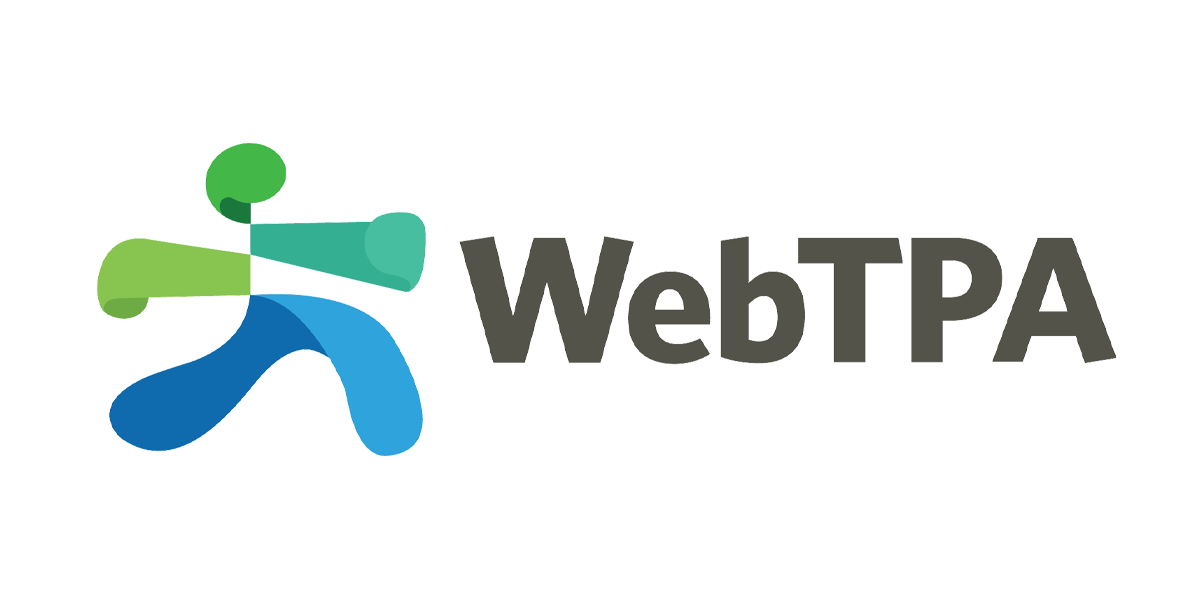
If
you’ve
got
teens,
then
no
doubt
you’ve
received
the
SOS
texts.
‘Mum,
I
need
a
haircut,
can
you
just
spot
me
$30?’
or
‘I’ve
just
finished
footy
and
I’m
starving,
can
you
transfer
me
some
money?’.
Where
would
the
modern
parent
be
without
online
banking?
How
did
our
non-digital
forefathers
ever
cope??
Online
banking
is
just
so
convenient
and
basically
a
necessity
of
modern
life.
If
you’ve
recently
tried
to
conduct
a
transaction
at
a
branch,
then
you’ll
know
exactly
what
I
mean.
One
of
my
boys
recently
tried
to
set
up
a
new
account
at
a
local
banking
branch
and
they
were
told
to
come
back
the
following
day.
Instead,
we
went
home
and
did
it
online
in
less
than
20
minutes!
Aussie
banks
are
world
class
at
implementing
a
range
of
security
measures
to
keep
our
banking
safe
however
there
are
still
things
we
can
do
to
avoid
our
banking
details
getting
into
the
hands
of
hackers.
But
many
of
us
just
assume
that
‘all
is
well’
–
our
banking
apps
work
seamlessly,
so
why
do
we
need
to
worry?
And
that’s
where
many
come
unstuck.
If
it
doesn’t
appear
to
be
broken,
why
do
we
need
to
fix
it?
Well,
being
ahead
of
the
risks
is
how
you
keep
yourself
safe,
my
friends.
So,
here
are
my
top
tips
to
ensure
all
your
family
members
are
banking
online
in
the
securest
way
possible.
1.
Ensure
You
Are
Using
Legit
Banking
Apps
If
you’re
changing
banks
or
helping
your
child
set
up
their
online
banking,
it’s
essential
that
you
download
your
bank’s
official
app.
Imitations
do
exist!
Ideally,
download
the
app
from
the
bank’s
website
however
if
this
isn’t
an
option
use
a
genuine
app
store
like
Apple’s
AppStore
or
Google
Play
for
Android
devices.
And
always
verify
the
app
is
legitimate
by
checking
the
developer
details
and
reading
the
reviews.
Budgeting
or
financial
management
apps
are
an
incredibly
popular
way
to
help
manage
finances,
but
you
need
to
be
cautious
here
too
as
many
will
require
you
to
share
your
banking
logins.
Always
check
the
app’s
reviews,
its
history
of
data
breaches
and
its
security
policies
before
you
download.
2.
Ensure
your
Passwords
are
Long,
Strong
and
Unique
Using
the
name
of
your
puppy,
your
kids
or
worse
still,
your
birthday,
is
one
of
the
fastest
ways
of
getting
your
banking
details
into
the
hands
of
hackers.
Passwords
need
to
have
no
connection
to
any
part
of
your
life,
should
never
be
stored
in
your
banking
app
or
anywhere
on
your
phone
and
NEVER,
EVER
written
on
the
back
of
your
debit
card!!
Here
are
my
top
tips:
Make
them
long
–
choose
a
phrase
instead
of
just
1
word.
I
love
a
nonsensical
sentence
with
at
least
10
characters.
Always
include
lower
and
uppercase
letters,
a
number
or
2
and
a
few
symbols.
Every
online
account
needs
its
own
unique
password
–
no
exceptions.
Put
a
reminder
in
your
calendar
to
update
your
passwords
regularly
–
at
least
every
3-6
months.
All
sounds
too
hard?
Try
a
password
manager
that
will
not
only
create
complex
passwords
that
no
human
could
ever
think
of,
but
it
will
also
remember
then
for
you.
Check
out
McAfee
+,
complete
no
brainer!
3.
Say
No
to
Public
Wi-Fi
Geez,
public
Wi-Fi
is
convenient,
particularly
if
you
are
travelling.
But,
using
it
to
undertake
any
banking
or
financial
dealings
is
just
too
risky
in,
my
opinion.
Why?
I
hear
you
ask.
Well,
there
are
many
ways
hackers
can
hack
public
Wi-Fi,
let
me
share
a
few:
‘Evil
twin’ attack.
This
is
when
hackers
set
up
malicious
hotspots
with
seemingly
logical
and
trustworthy
names
eg
‘Free
Café
Wi-Fi’.
But
as
soon
as
you
connect,
they
can
easily
get
their
hands
on
your
data.
Man-in-the-middle
attack
(MitM).
This
is
when
hackers
break
into
a
network
and
eavesdrop
on
data
as
it
travels
between
connected
devices
and
the
Wi-Fi
router.
For
example,
your
online
banking
password!
Password
cracking
attack.
Scammers
use
software
that
automatically
tries
a
huge
volume
of
usernames
and
passwords
so
they
can
control
the
router.
And
once
they’ve
gained
control,
they
can
dupe
you
into
downloading
malicious
software
(that
could
steal
your
identity)
or
redirects
you
to
a
webpage
that
phishes
for
your
personal
information.
If
you
don’t
think
you
can
possibly
survive
without
public
Wi-fi
then
you
need
to
invest
in
a
VPN
that
will
ensure
everything
you
share
is
protected.
4.
Activate
Two
Factor
Authentication
If
your
bank
offers
two-factor
authentication
to
its
customers,
then
your
answer
needs
to
be
‘yes
please’!
Two-factor
authentication
or
multi
factor
authentication
adds
another
layer
of
verification
to
your
banking
which
minimises
the
chances
of
hacker
causing
you
harm.
If
you’ve
activated
it,
you’ll
be
asked
to
provide
another
piece
of
information
after
you’ve
entered
your
login
details.
Usually
a
special
code,
this
may
be
delivered
to
you
via
an
app,
text
message
or
even
an
automated
phone
call.
5.
Request
Alerts
From
Your
Bank
It
will
take
just
a
few
minutes
to
ring
your
bank
and
request
to
be
notified
when
an
activity
occurs
on
your
account.
Every
bank
will
manage
this
differently,
however
most
banks
can
alert
you
on
request
via
email
or
text
if
the
following
occur:
-
Low
or
high
balances -
New
credit
and
debit
transactions -
New
linked
external
accounts -
Failed
login
attempts -
Password
changes -
Personal
information
updates
And
if
anything
at
all
seems
a
little
fishy,
contact
your
bank
immediately!
Unfortunately,
few
things
are
guaranteed
in
life
and
that
includes
your
online
safety.
And
whether
you’re
an
online
banking
fan
or
not,
opting
out
isn’t
really
an
option.
So,
take
some
time
to
tighten
up
your
online
banking.
Only
use
legit
apps;
change
your
passwords
so
they
are
long,
strong
and
complex;
invest
in
a
VPN
so
you
can
use
public
Wi-Fi
and
say
yes
to
two-factor
authentication.
You’ve
got
this!
Happy
banking!!
Alex






